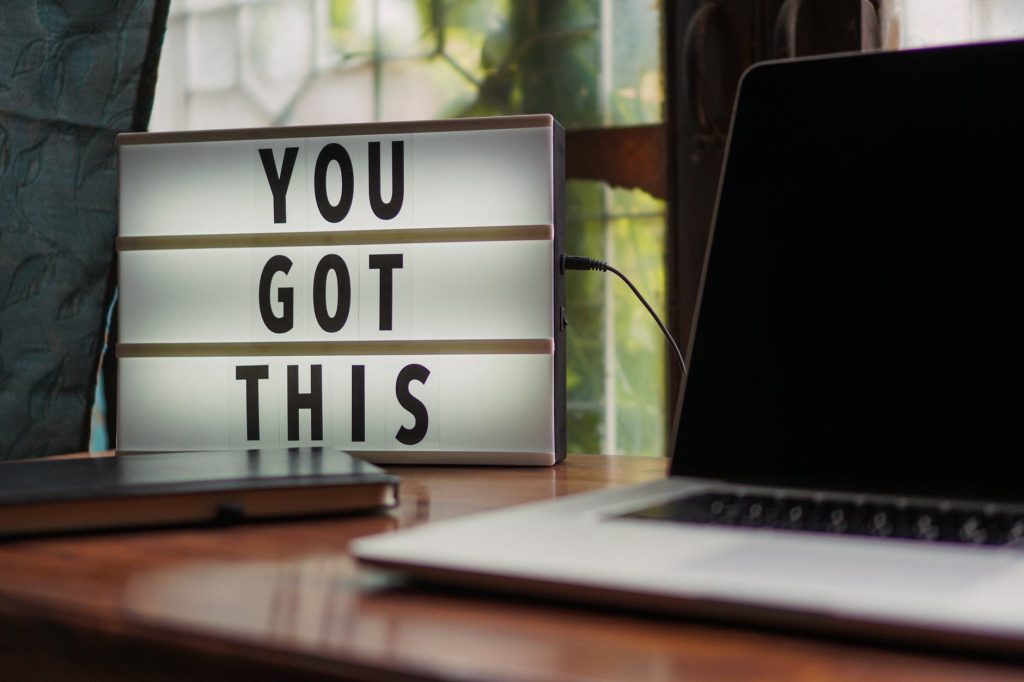When it’s all up to you: How to decide what to decide

 Everyone has to make a number of decisions in their professional lives. Some decisions are trivial, others can have long-term consequences. How can you make sure your decisions are sound and balanced?
Everyone has to make a number of decisions in their professional lives. Some decisions are trivial, others can have long-term consequences. How can you make sure your decisions are sound and balanced?
Unfortunately, you can only be sure you made the right decision once it has been made and you can see the consequences for yourself. However, this doesn’t mean that there’s nothing you can do to prepare good decisions. In fact, there’s plenty you can do – let’s take a look.
Decisions come in many shapes and sizes
Depending on who is deciding something, what it’s about, and who and what is affected by the decision, you can identify different decision types:
- Organizational: Those decisions are about practical matters, about how something is being implemented, and about individual tasks and responsibilities.
- Strategy related: As the name says, strategy-related decisions look at the big picture: long-term developments, the future of your product or service portfolio, etc.
- Automated: Decisions are automated if you decide something once, and after that this decision applies to all scenarios in the future that are identical or at least similar. Rules and regulations are automated decisions.
- Manual: This is the counterpart to an automated decision: Manual decisions are necessary when problems and issues are very specific and context-dependent and therefore cannot be solved by pre-defined rules.
- Subjective: Sometimes, a decision you need to make will have direct consequences for you as an individual. This, of course, usually has a major influence on how you will decide.
- Independent or co-dependent: This distinction means that you get to make some decisions on your own and without consulting anyone while other decisions have to be made with others, sometimes even unanimously.
Those characteristics usually don’t occur on their own but as a mix: When you decide something, it can be co-dependent as well as automated and organizational. Why is it important to know about the above distinctions? Because they constitute the possible influencers you should be aware of in order to make a balanced decision.
How to decide what to decide
While there is no silver bullet for making perfect decisions in each and every situation, there are a few key questions that can guide you through a thorough and informed decision-making process:
- What’s the core issue?
Usually, when you first hear about a problem, you don’t have all the information about the situation – and therefore you cannot know for sure if the problem you’ve been informed about is the actual problem or just the proverbial tip of the iceberg. Your first job is to drill down on this issue and make sure you know what the real problem is all about.
- How important and how urgent is the issue?
After you have identified the root of the issue, you should analyze if this is a minor or a major difficulty as well as its urgency. This helps you decide if you need to deal with it now and if it’s something of high priority because not fixing it would constitute a major risk.
- What does your ideal solution look like?
Now that you have established the nature, urgency, and scope of the issue, you should decide, ideally in specifics, the situation you want to have at the end of the problem-solving process.
- What alternative solutions would be acceptable?
Sometimes, what you have in mind as a perfect solution turns out to be a pipe dream: With the time and resources at your disposal, it just won’t happen. Think about alternative scenarios that would also fix your problem, or at least the most important aspects of your problem.
- Do the facts support your decision?
You have weighed all the alternatives and decided on a solution that is viable and also fixes the issue you’re having – at least that’s what you think. Now try to verify your assumption by asking people you trust and evaluating all the relevant data you can obtain.
- What is your last word?
If you have gone through each of the above steps so far, you are well prepared to make your final decision. Then you need to communicate it to everyone involved and make sure it’s being executed accordingly.
“But what about natural instincts, gut feeling, and situations where I don’t have time?” I hear you ask. Well yes, there may be situations when it’s impossible to carefully consider all the pros and cons before you decide. But those situations should be in the minority: In most cases, it’s better to postpone a decision until you know which way to go instead of just picking a direction simply because it feels right. And even if your decisions retrospectively turn out to have been wrong – as long as they were well-grounded and considered carefully, they won’t have been wrong because of your negligence.




